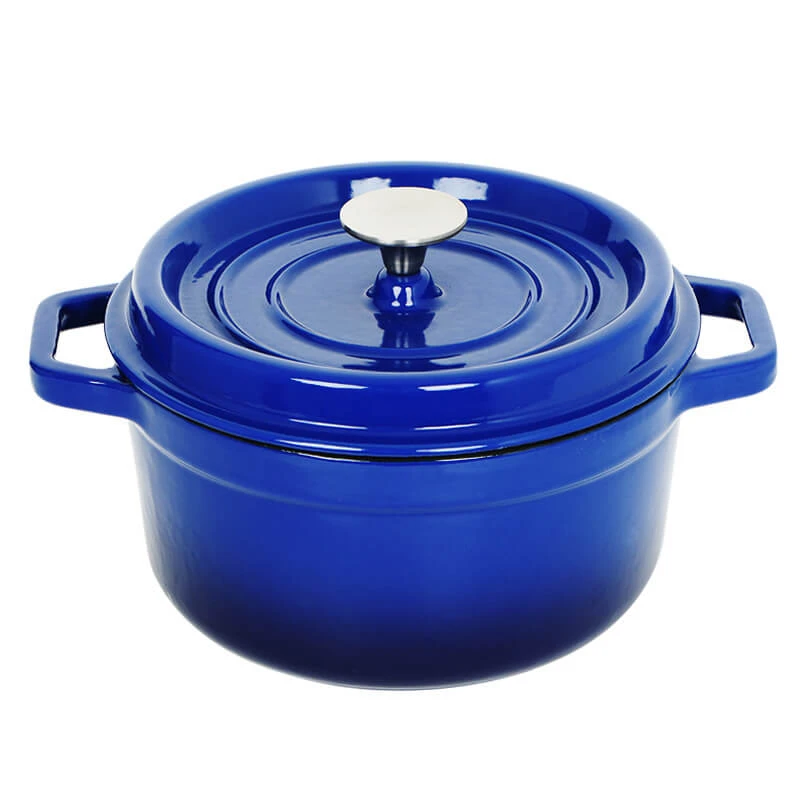
Choosing the Best Skillet Pans for Your Cooking Needs and Style
The Versatility and Charm of Skillet Pans
Skillet pans, often referred to as frying pans or sauté pans, have long been a staple in kitchens around the world. Their design, typically featuring a flat bottom, shallow sides, and a long handle, makes them exceptionally versatile for a variety of cooking techniques. From frying and searing to sautéing and baking, skillet pans are essential for both novice cooks and professional chefs alike.
One of the most appealing aspects of skillet pans is the range of materials from which they are made. Cast iron, stainless steel, non-stick, and carbon steel are among the most common. Each material offers unique advantages. For instance, cast iron skillets are revered for their heat retention and ability to develop a natural non-stick surface over time when properly seasoned. Many cooks cherish their cast iron skillets not just for their cooking abilities but for the nostalgia they carry; some families pass down seasoned skillets through generations, making them cherished heirlooms.
On the other hand, non-stick skillets have revolutionized home cooking by providing an easy way to prepare meals with minimal oil and simplified cleanup. These pans are perfect for delicate tasks such as making scrambled eggs or sautéing vegetables without the fear of sticking. However, they do have a shorter lifespan and may require replacement more frequently than their cast iron counterparts.
When it comes to performance, the heat distribution in skillets varies with the material. Stainless steel skillets are popular among chefs because of their durability and ability to withstand high temperatures, making them ideal for searing meat to achieve a perfect crust. Cast iron remains unmatched in its ability to retain heat, making it the go-to choice for recipes that require steady, even cooking, like cornbread or frittatas.
skillet pans

Moreover, the skillets’ design allows for versatility in cooking methods. You can start a dish on the stovetop and finish it in the oven, which is perfect for recipes such as skillet lasagna or baked chicken. One of the culinary delights of a skillet pan is the ability to take advantage of its versatility to create one-pan meals that reduce the need for excessive cookware.
Cleaning and maintaining skillet pans can vary significantly based on the material. While non-stick pans usually require gentle washing with a soft sponge, cast iron skillets demand a little more care. They should not be soaked in water or put in the dishwasher; instead, they require hand washing with minimal soap and must be dried immediately to prevent rust. A well-cared-for cast iron skillet will become better with age, enhancing its non-stick properties through seasoning with oils.
The modern trend of cooking has also seen skillet pans take on a prominent role in the realm of health-focused meals. With their ability to sear food quickly, skillets enable home cooks to create tasty, nutritious dishes without the need for excessive fats or oils. Vegetables sautéed in a hot skillet maintain their crunch and color, while proteins can be cooked to perfection, delivering both flavor and health benefits.
Furthermore, the aesthetic appeal of skillet pans cannot be ignored. Many brands offer skillets in vibrant colors and sleek designs that make them not just functional kitchenware but also a beautiful addition to kitchen decor. An attractive skillet can be used for serving right at the table, showcasing the meal in a rustic and charming manner.
In conclusion, skillet pans are more than just cooking tools; they are a symbol of culinary creativity and nostalgia. Their versatility, range of materials, and ability to transform simple ingredients into delicious meals make them an invaluable asset in any kitchen. Whether you are searing a steak, sautéing vegetables, or baking a dessert, the skillet pan stands ready to deliver exceptional results, making it a beloved item for chefs and home cooks alike. As culinary trends continue to evolve, the enduring charm and practicality of skillet pans will surely continue to hold a special place in kitchens around the world. So, next time you reach for a skillet, remember that you are not just selecting a piece of cookware; you are choosing a tool that has stood the test of time in the art of cooking.
-
Season Cast Iron Perfectly with GPT-4 Turbo TipsNewsAug.01,2025
-
High Quality Cast Iron Cookware - Baixiang County Zhongda MachineryNewsAug.01,2025
-
Premium Cast Iron Pan: Durable & Perfect HeatNewsAug.01,2025
-
High Quality Kitchen Durable Black Round Cast Iron Cookware Pancake Crepe Pan-Baixiang County Zhongda Machinery Manufacturing Co., Ltd.NewsAug.01,2025
-
Cast Iron Cookware - Baixiang County Zhongda Machinery | Nonstick, Heat ResistanceNewsAug.01,2025
-
High Quality Kitchen Durable Black Round Cast Iron Cookware - Baixiang County Zhongda Machinery | Non-Stick, Heat Retention, DurableNewsJul.31,2025


